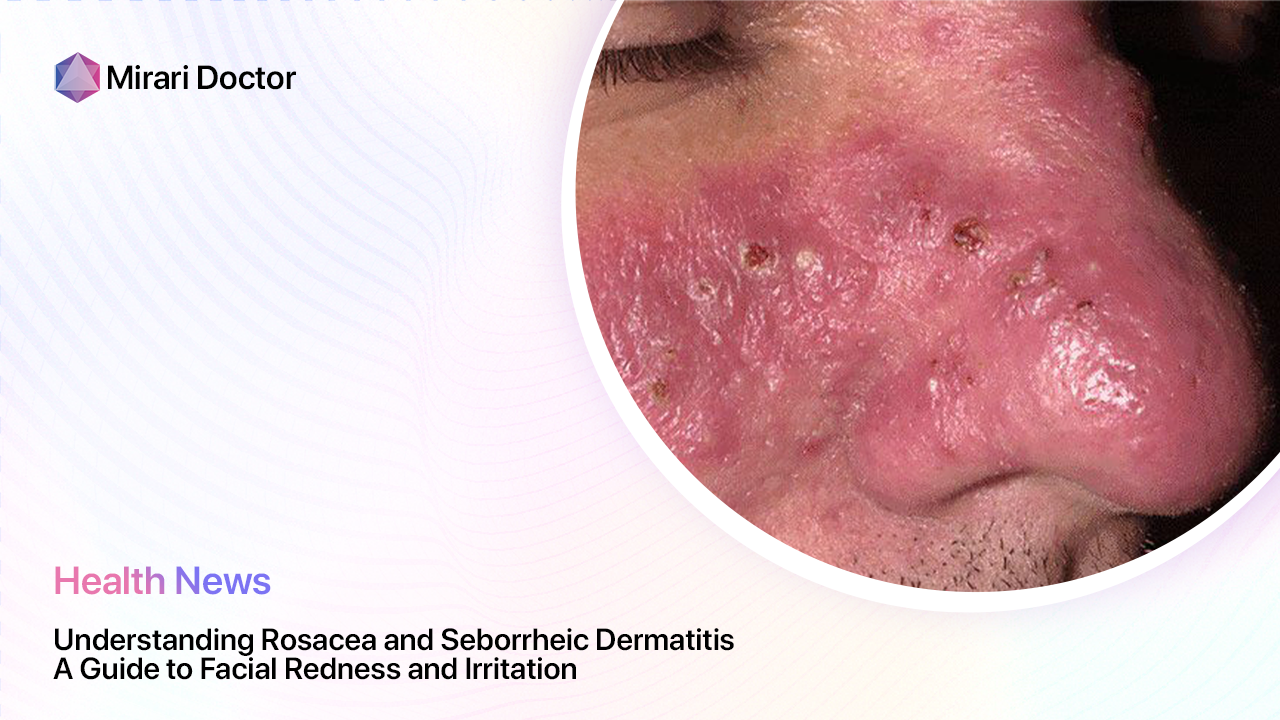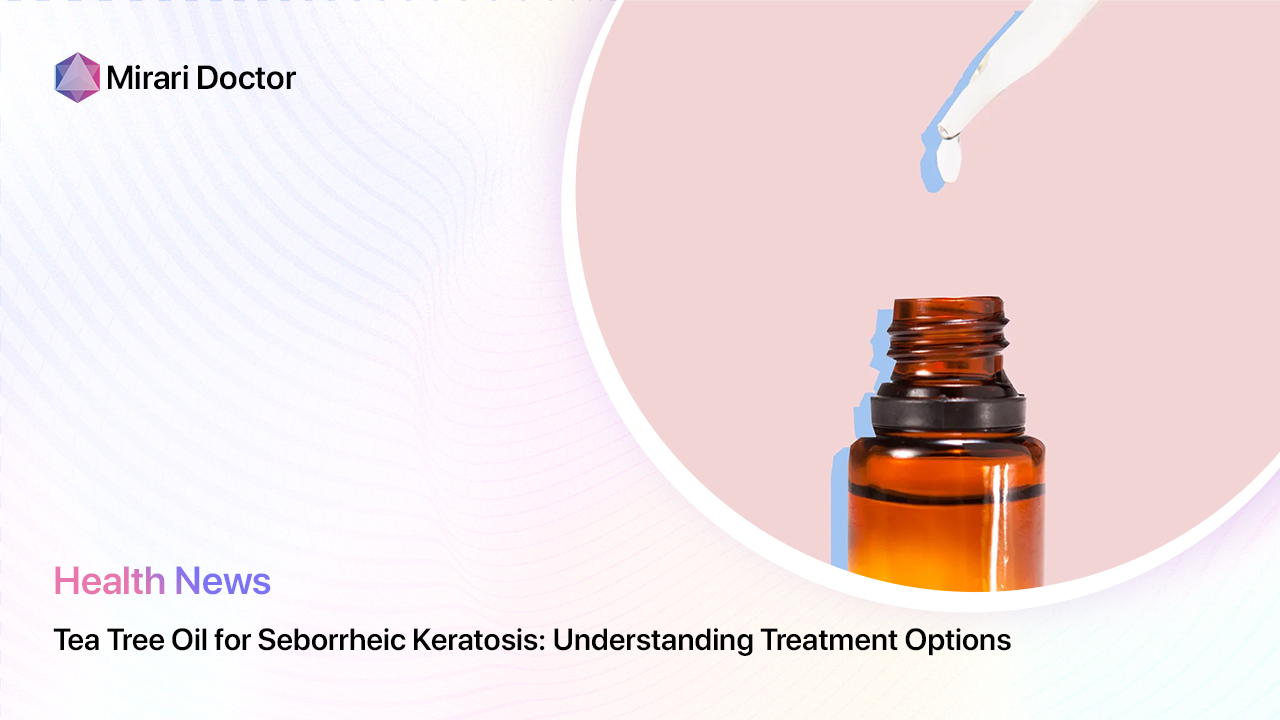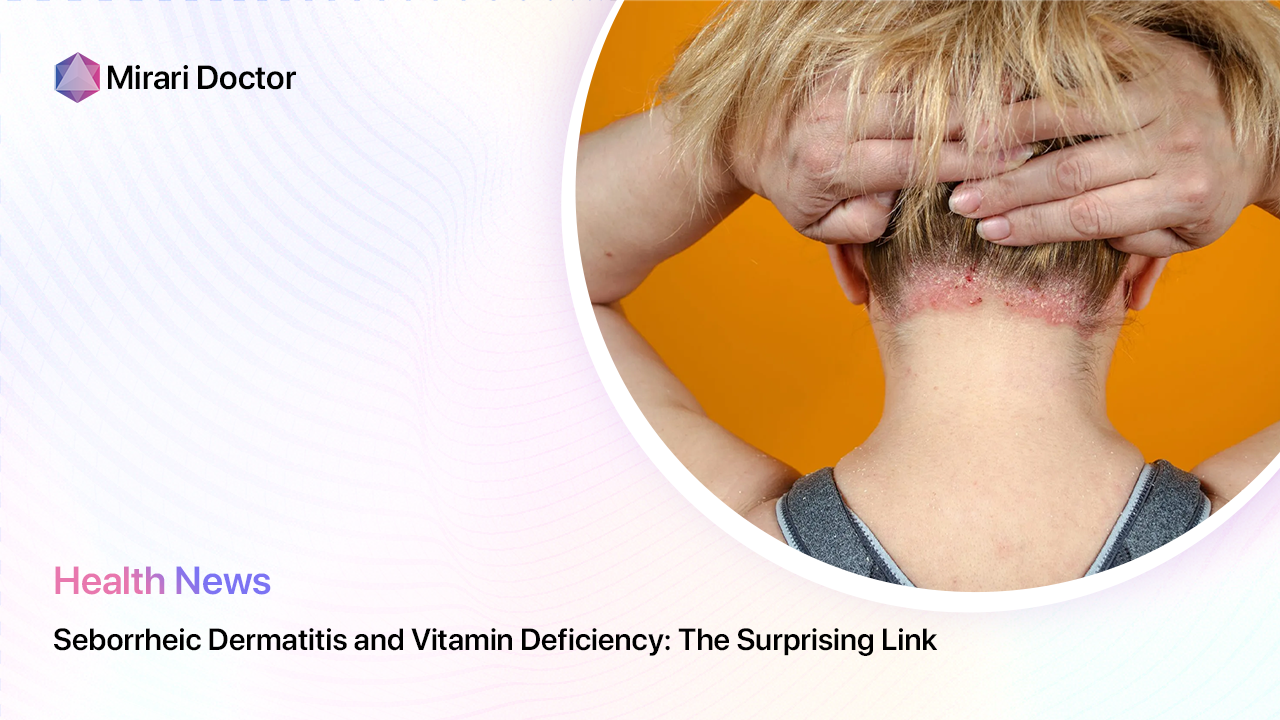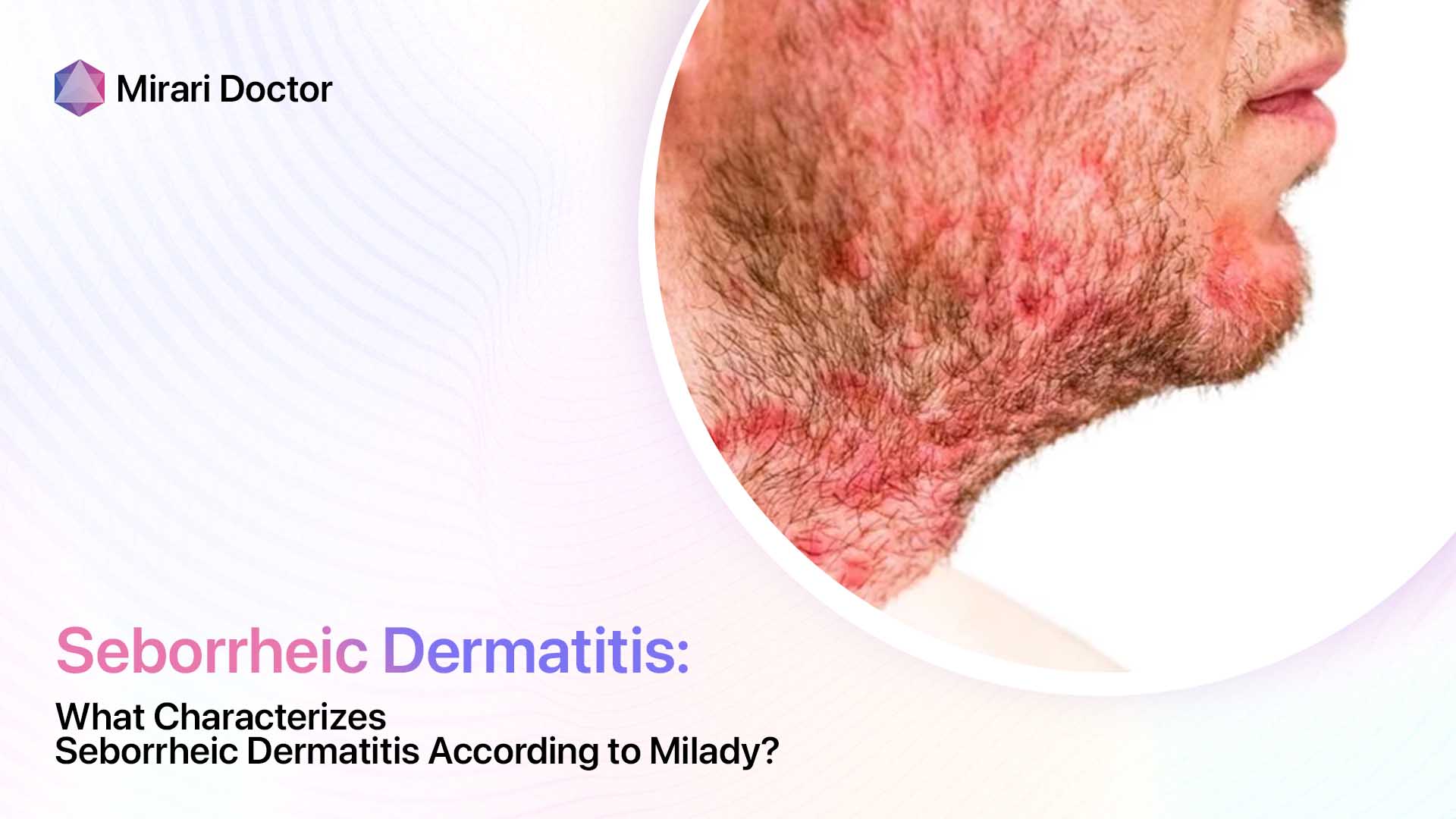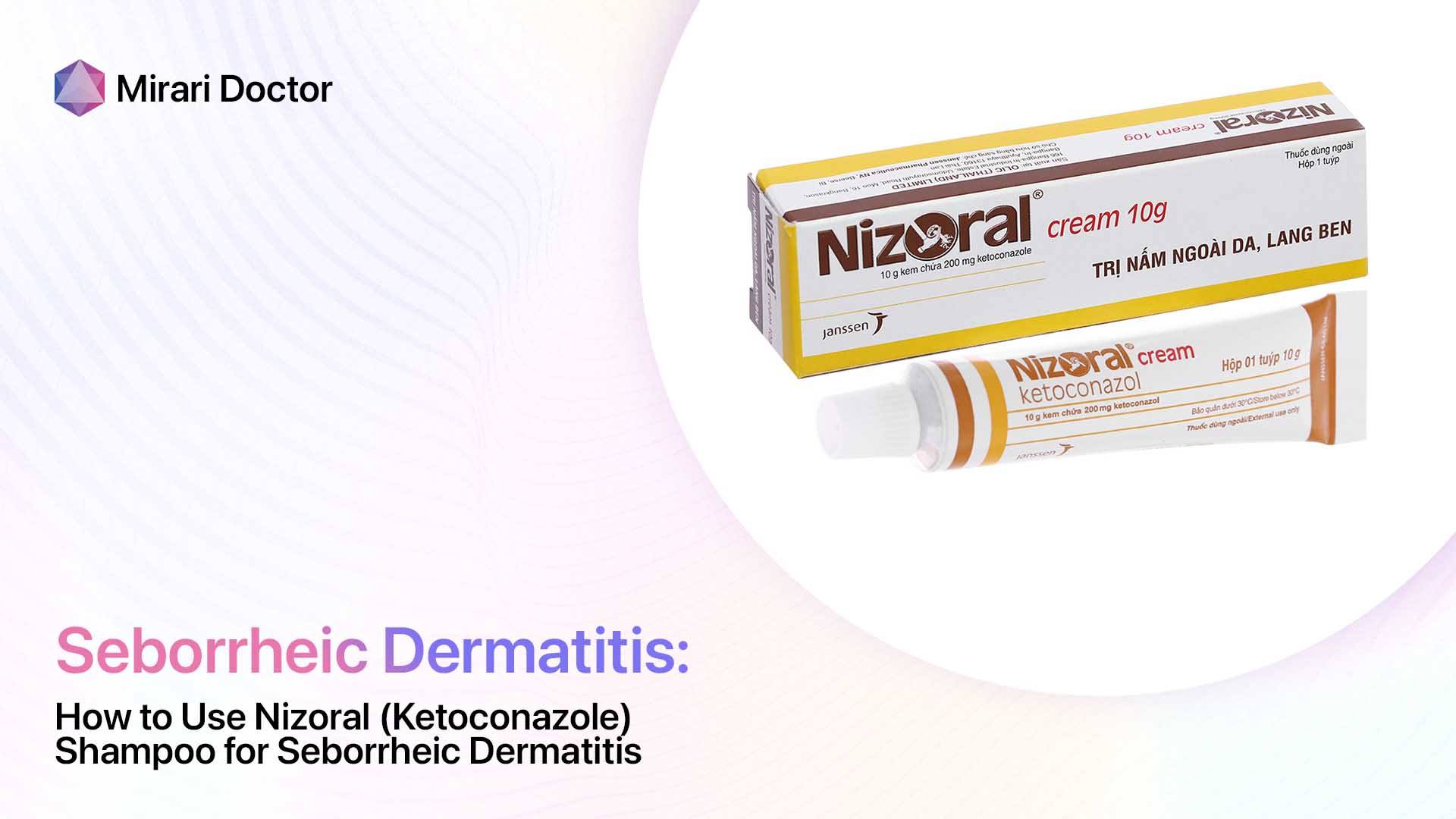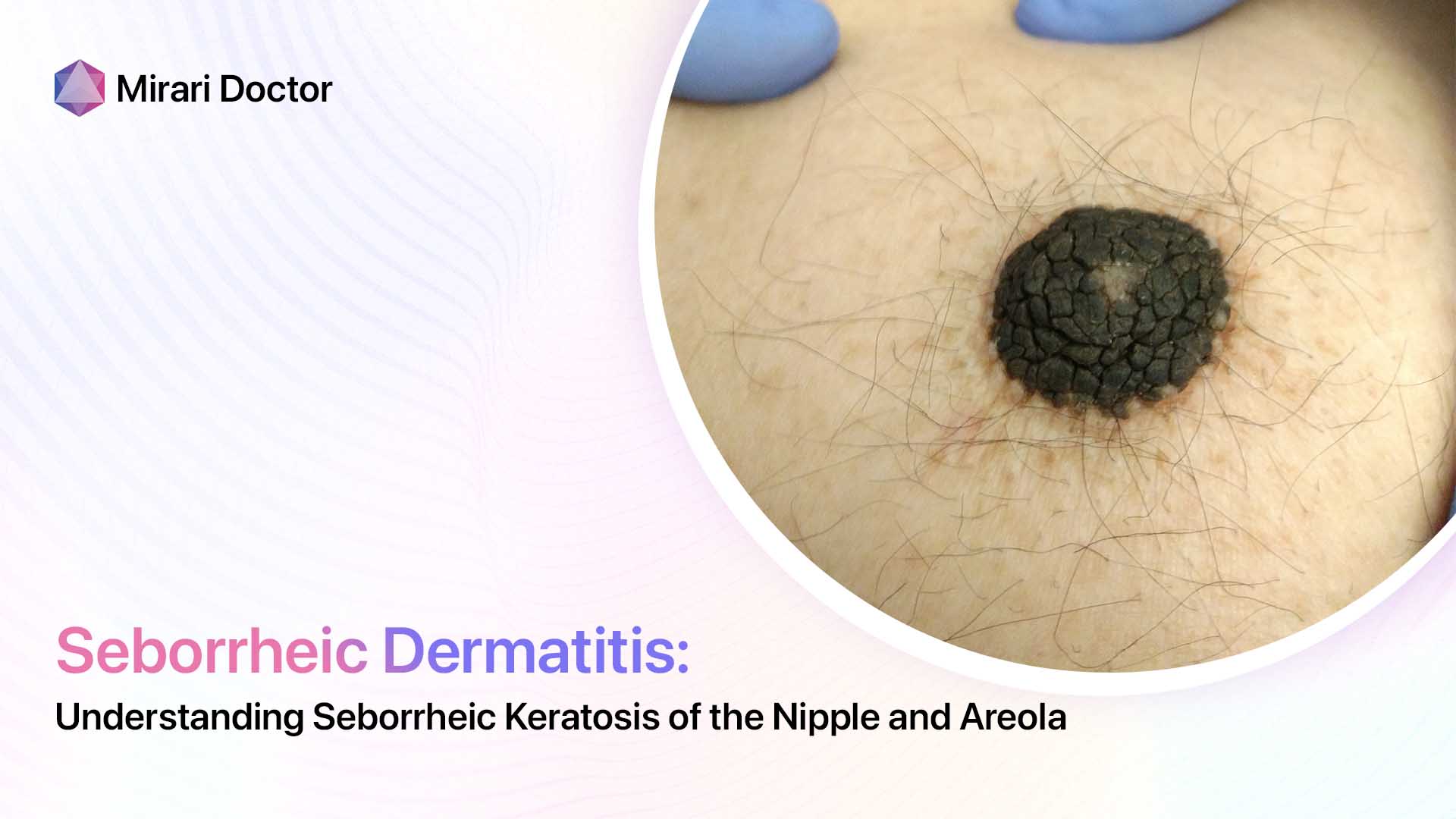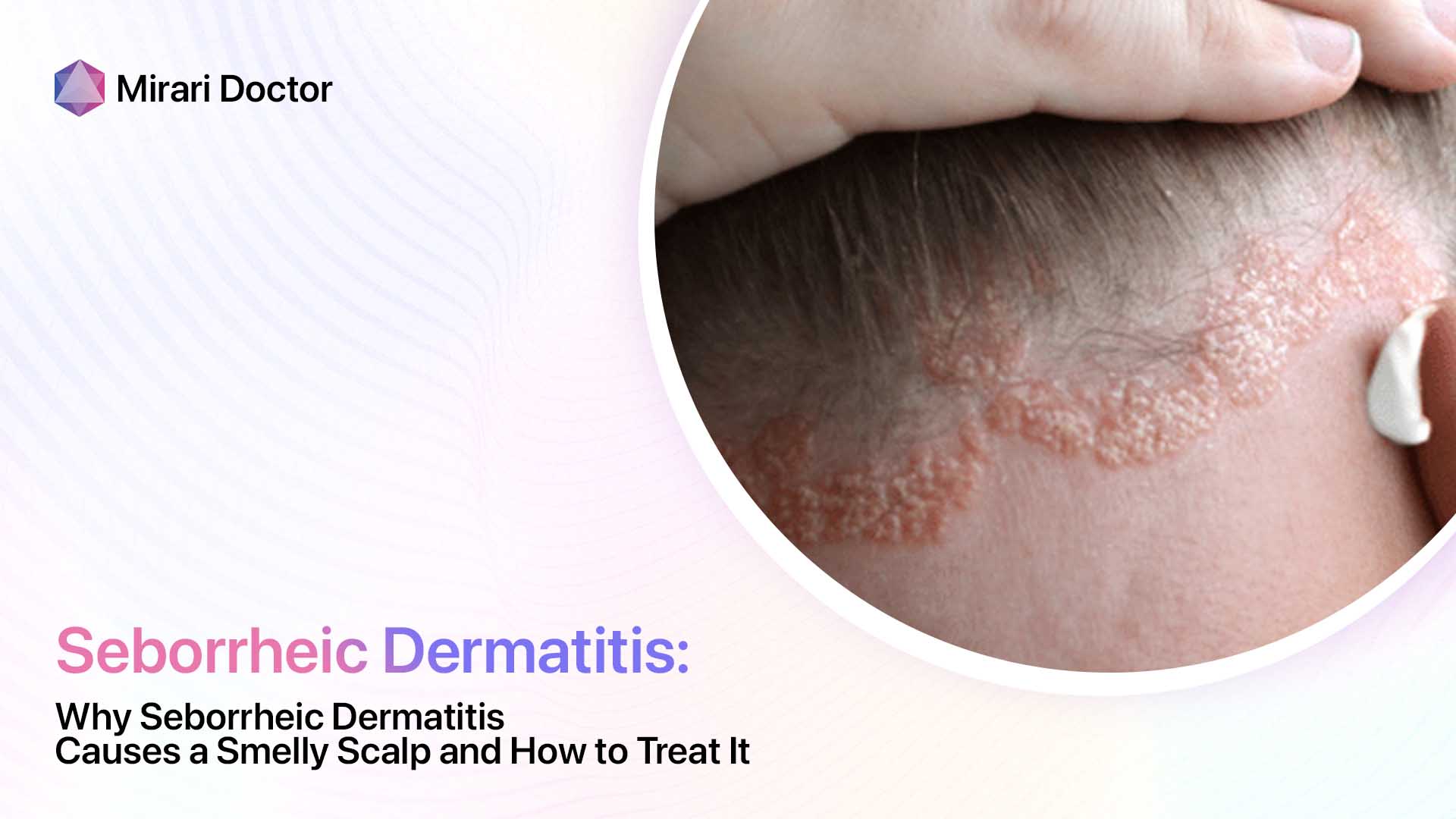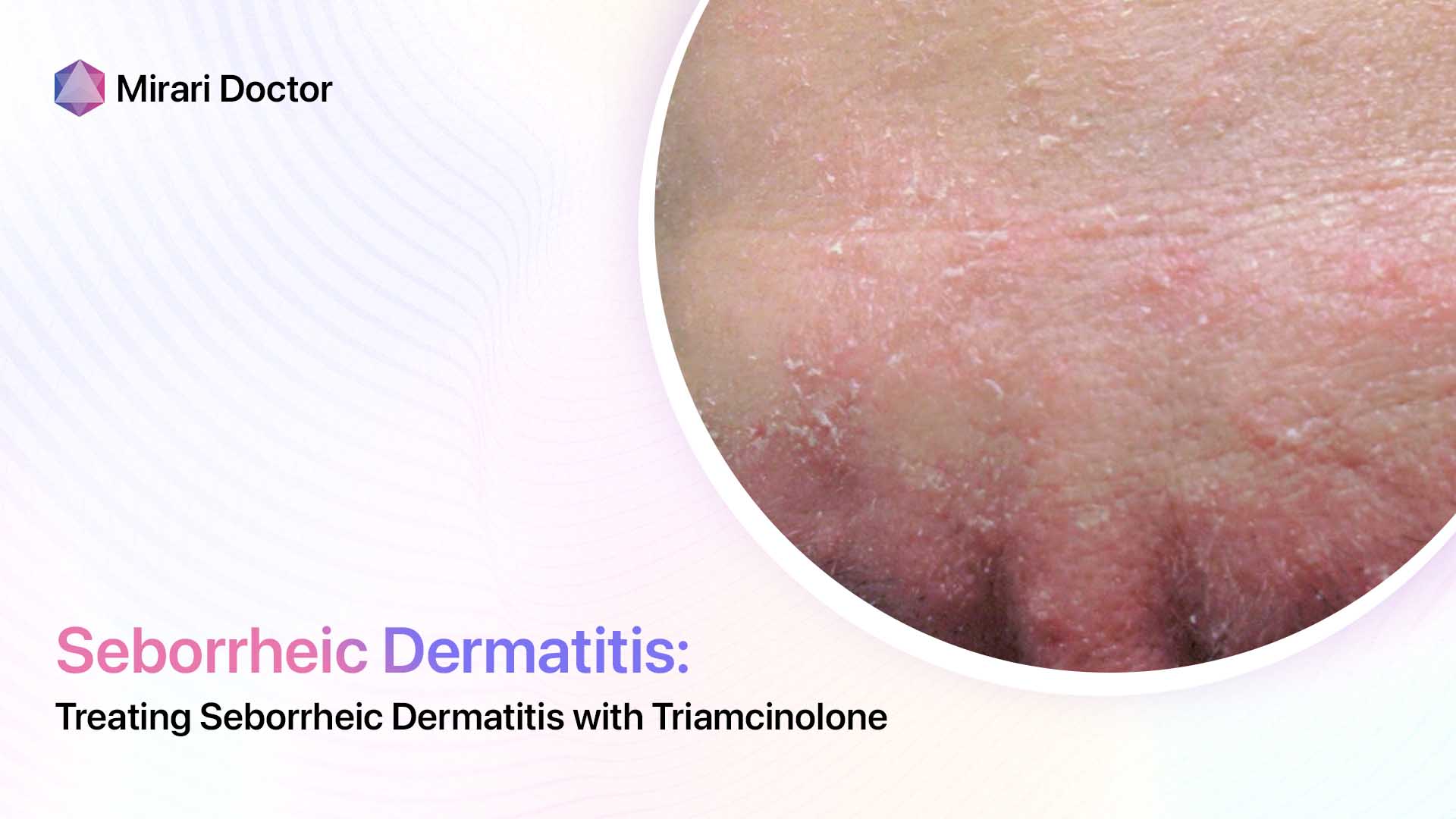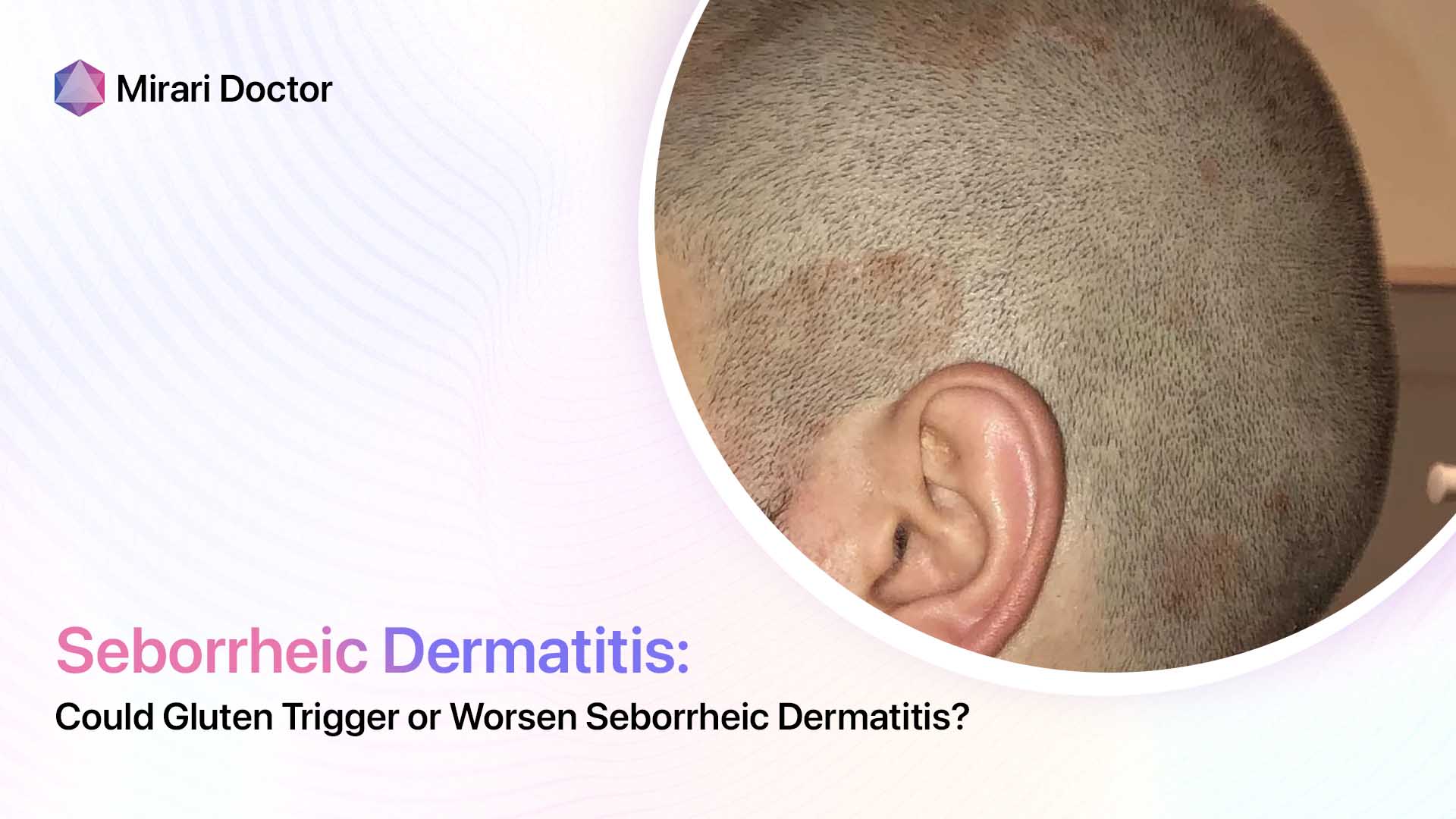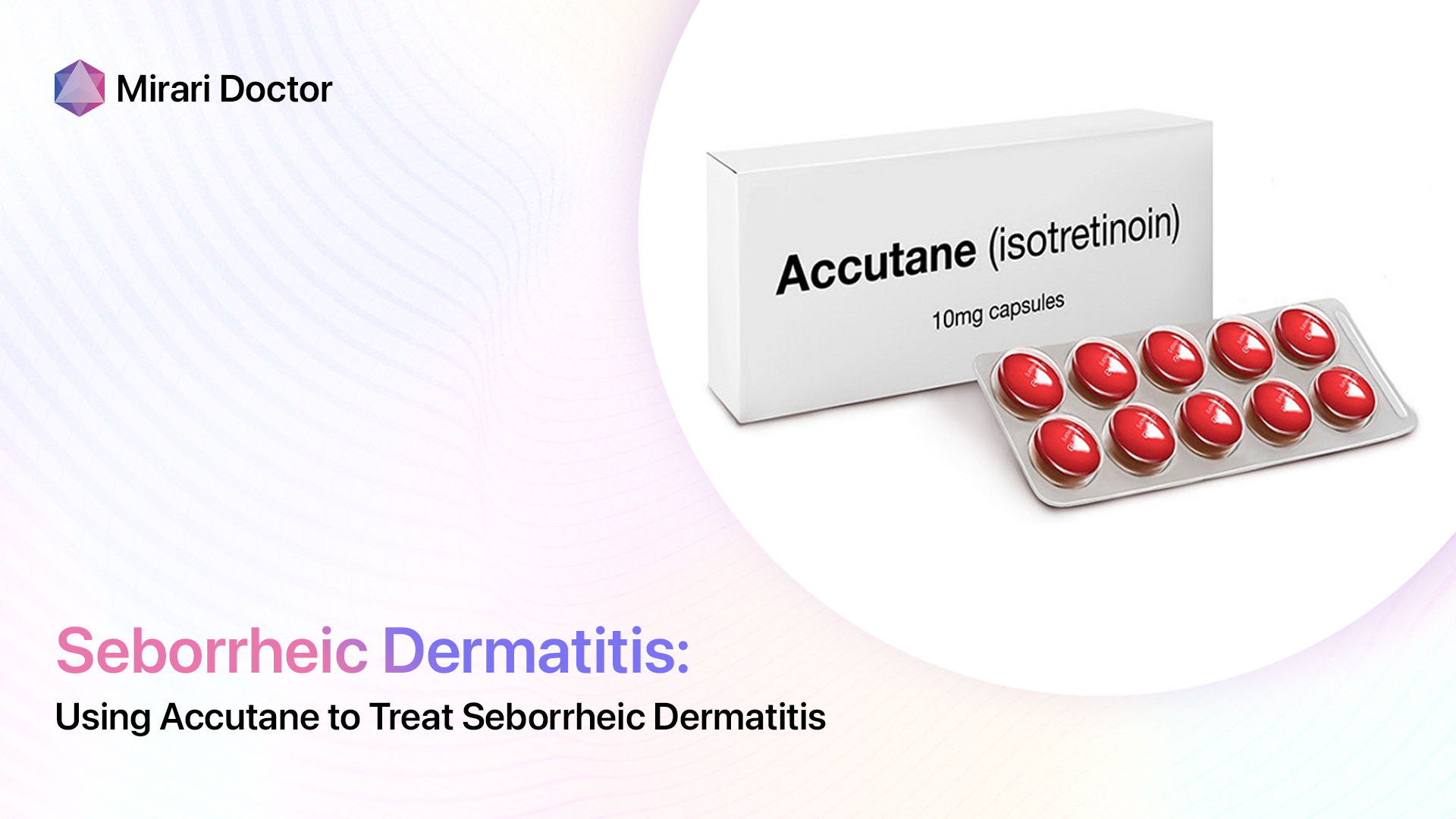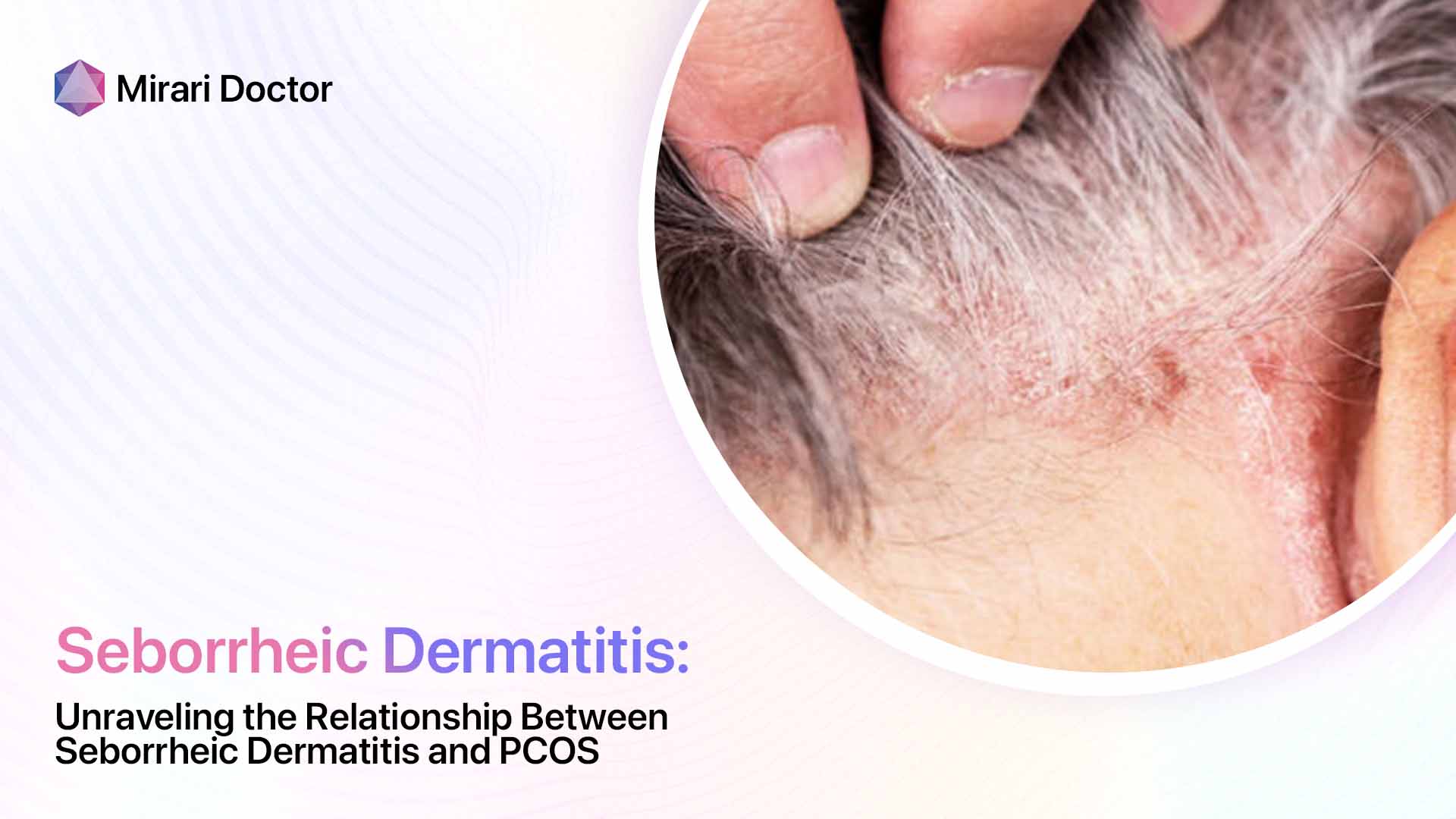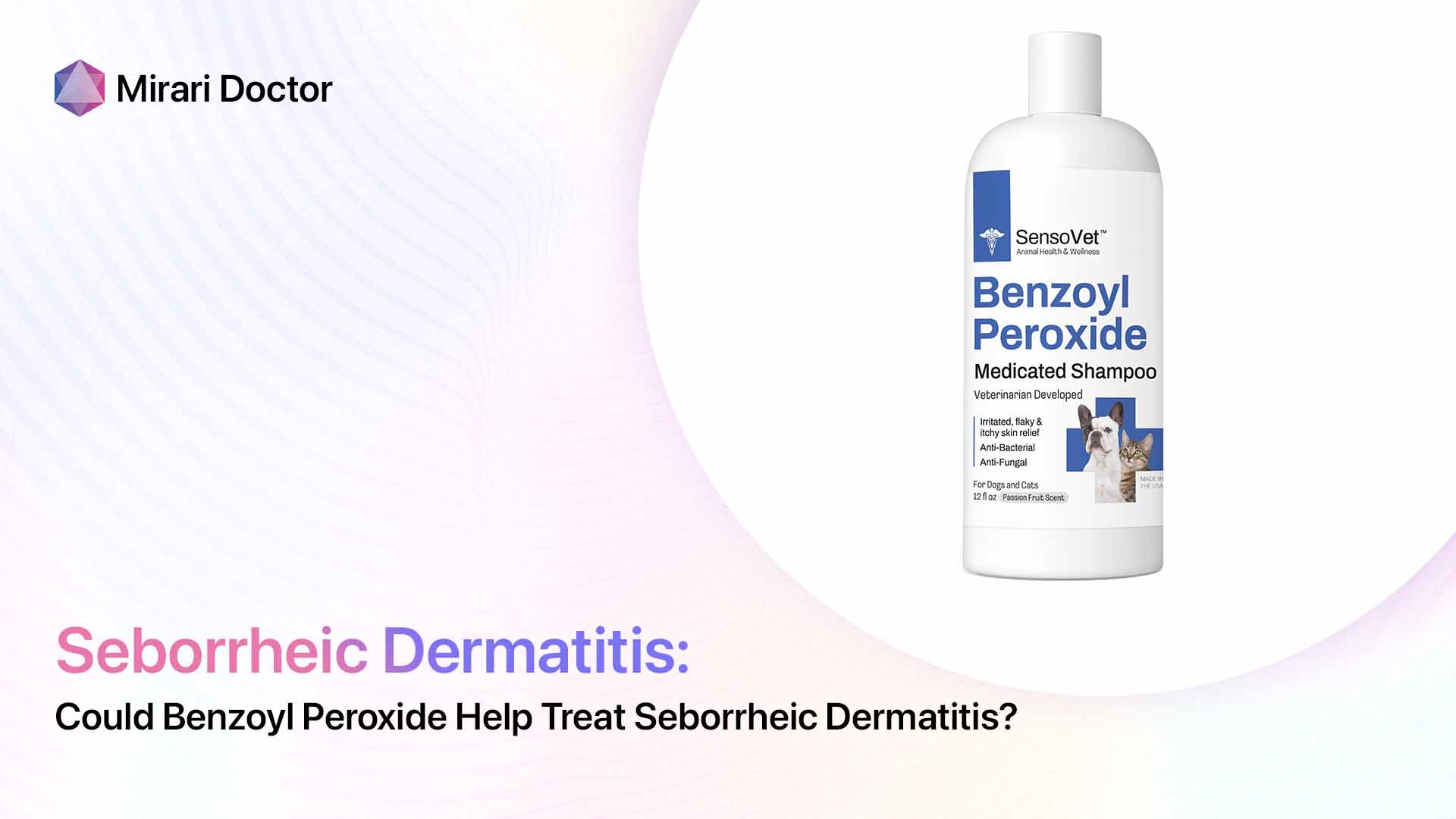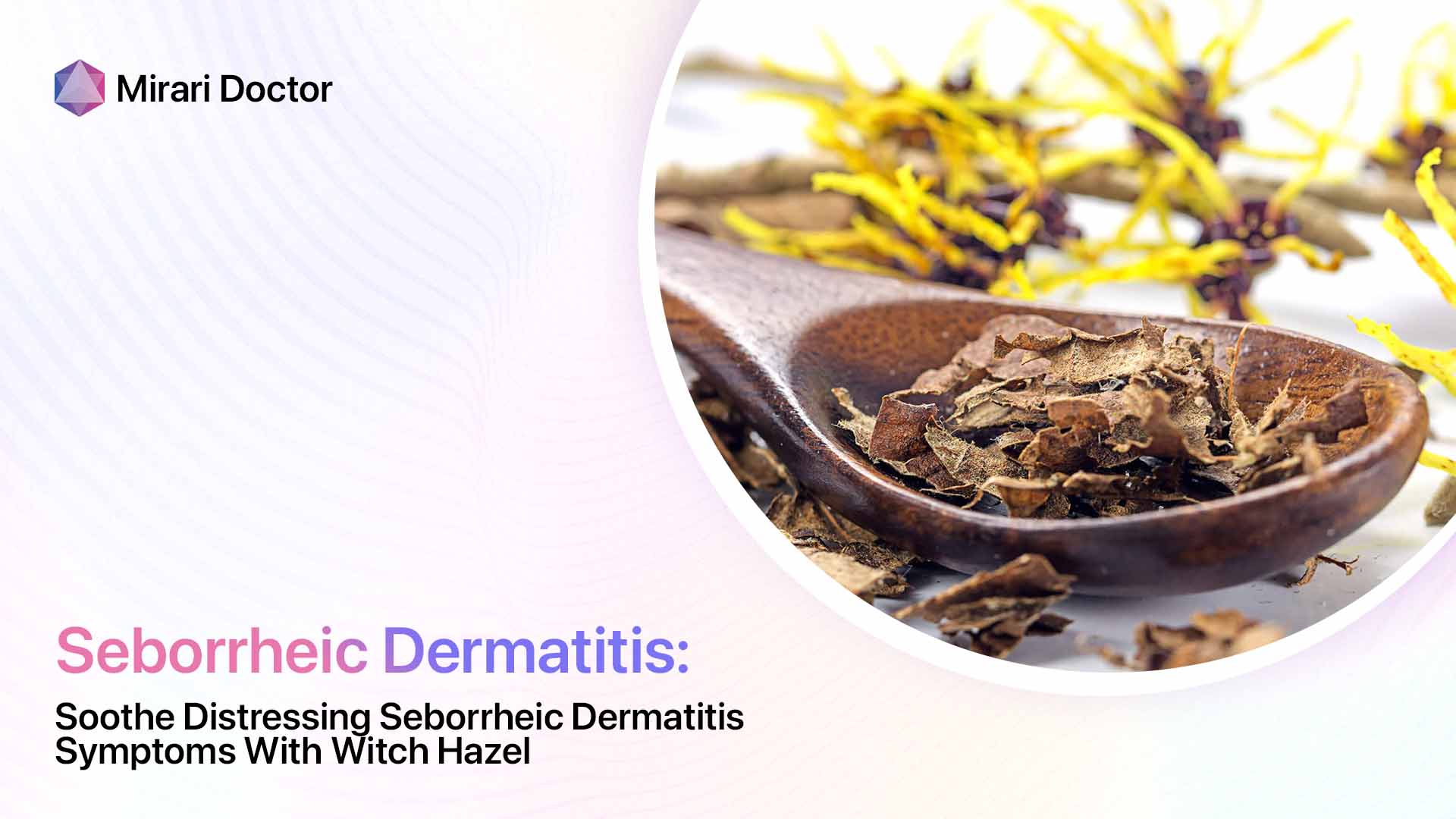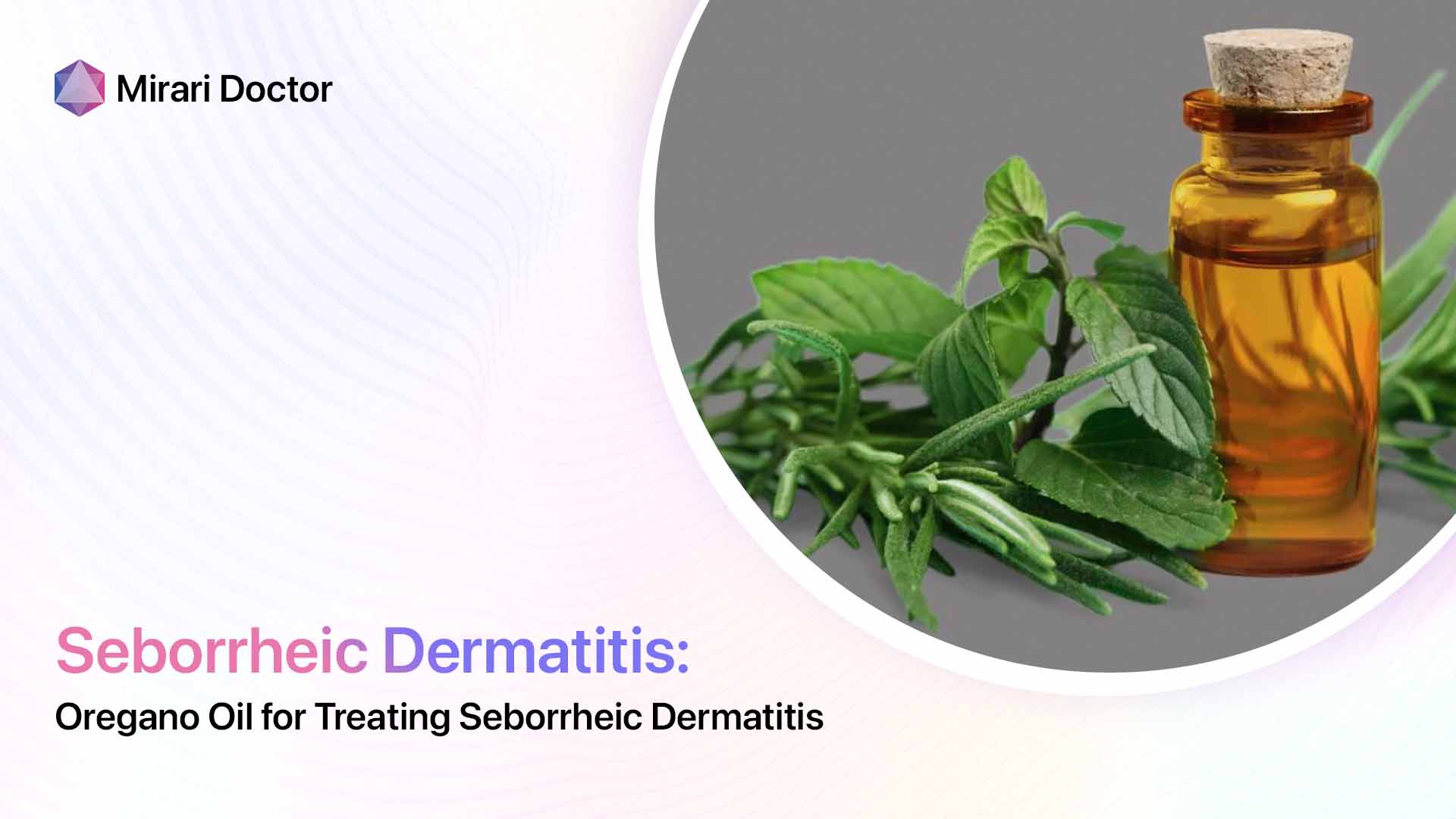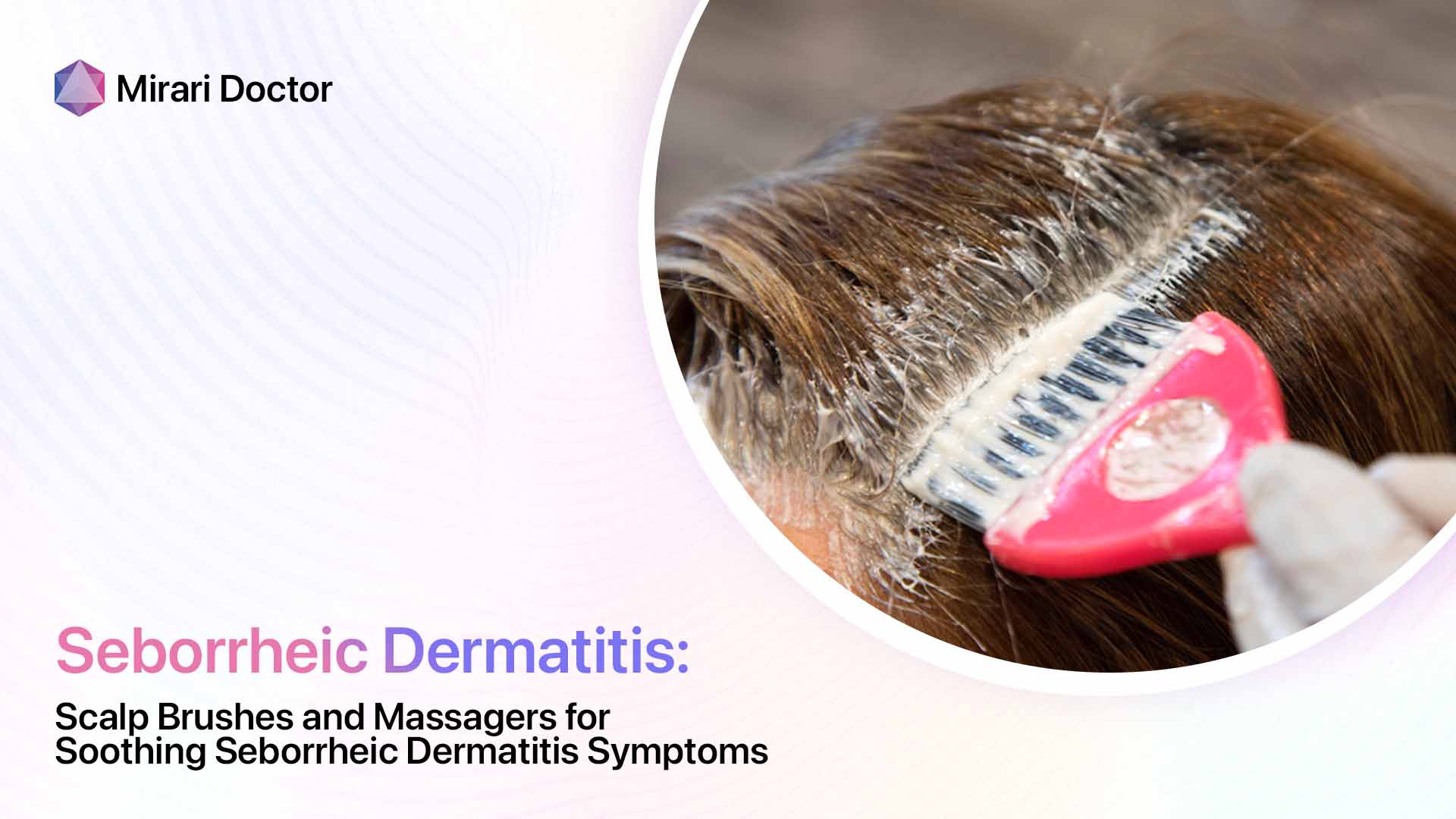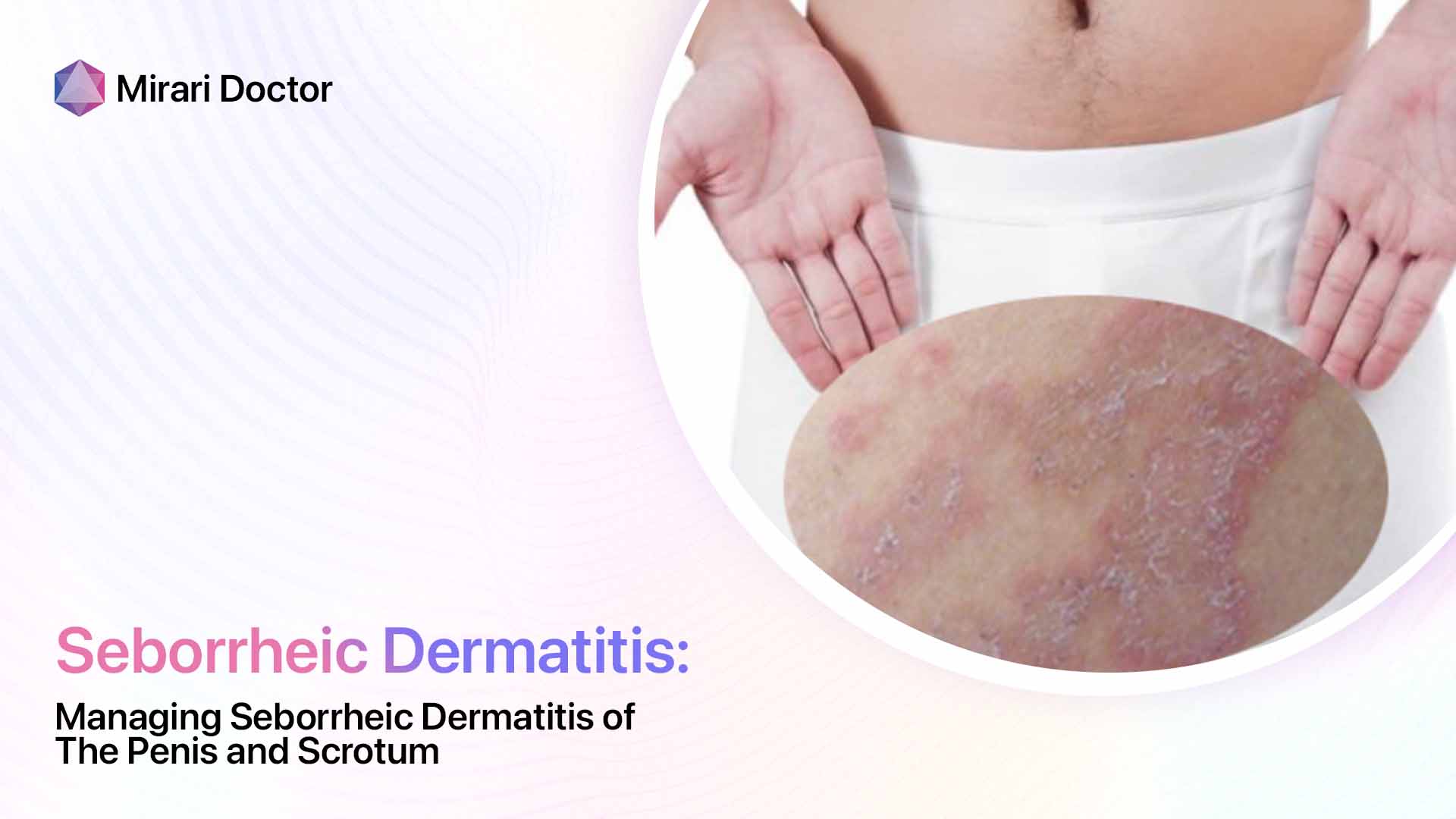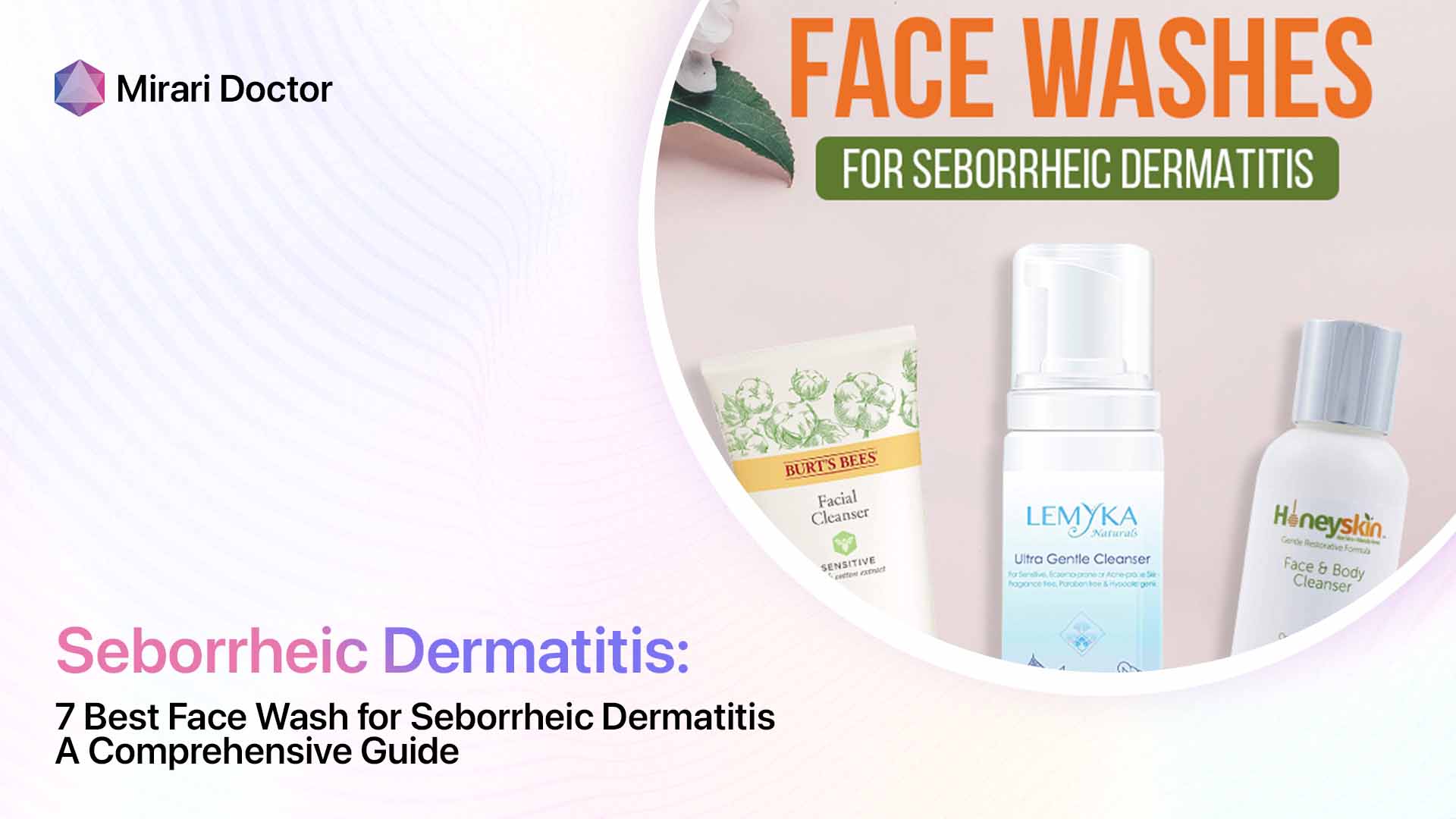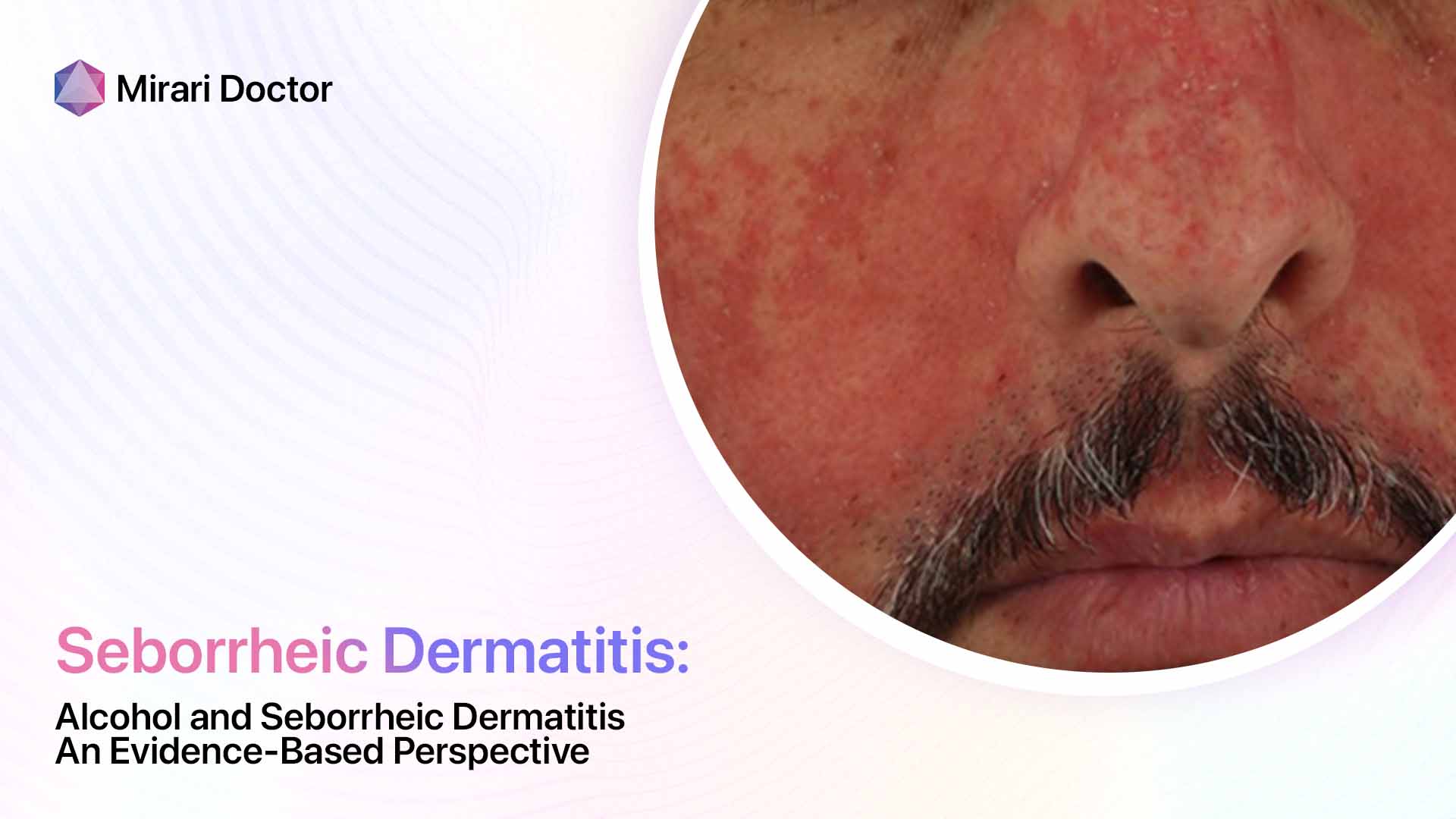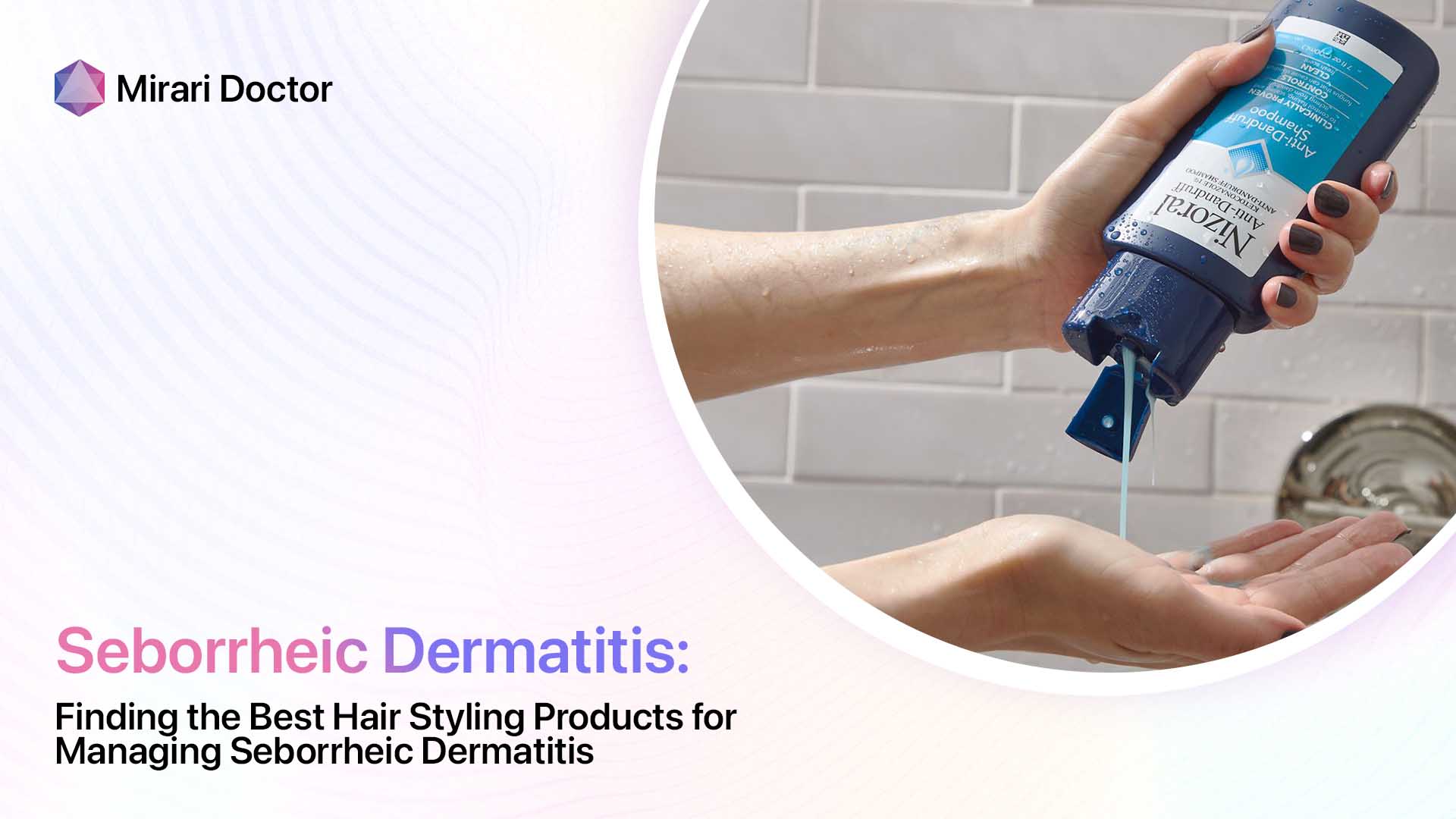
Coping with the red, scaly rash of seborrheic dermatitis on the scalp while trying to style your hair can feel like an impossible balancing act. Flare-ups seem inevitable with traditional hair gels and mousses. However, with careful ingredient vetting and proper treatment pairing, suitable styling options do exist to help restore hair confidence along with skin health.
Overview of Seborrheic Dermatitis
Seborrheic dermatitis is a common inflammatory condition affecting over 10 million Americans annually. While it can occur anywhere on the skin, it most frequently impacts greasy areas like the scalp, face, and upper body. Key characteristics include:
- Red, greasy-looking patches and plaques
- Yellowish, oily scales and crusts
- Itching, sometimes severe
- Chronic, relapsing course
On the scalp specifically, seborrheic dermatitis manifests as bad dandruff with dense white or yellow flakes covering an erythematous, scaly base. Both the superficial skin inflammation and the proliferation of yeast that feeds on sebum contribute to frequent recurrence.
Finding hair products that won’t provoke further irritation is vital for management.
Problematic Ingredients to Avoid
The wrong ingredients can spell disaster for a seborrheic dermatitis scalp. Steer clear of:
Alcohols
Ingredients like ethyl alcohol, isopropyl alcohol, and denatured alcohol found in hair gels, mousses, spray-on products, and some conditioners can strip natural oils. This leads to rebound oiliness and inflammation.
Fragrances
Artificial fragrances, whether natural or synthetic, contain hundreds of hidden chemical irritants that can trigger severe contact reactions. Even products labeled “unscented” may still contain masking fragrances.
Silicones
Silicones like dimethicone give hair that smooth, silky look and feel by coating the hair shaft. However, they prevent penetration of medicated scalp treatments and can worsen buildup.
When shopping for seborrheic dermatitis hair products, verify the ingredient list is free of these common pitfalls before purchase. Seek out gentle, non-comedogenic, hypoallergenic formulas instead.
Key Ingredients to Seek Out
Certain ingredients actively help combat seborrheic dermatitis while providing safe, effective styling:
Pyrithione Zinc
This antimicrobial zinc compound fights fungus, bacteria, and inflammation that drive dandruff and seborrheic dermatitis symptoms.
Tea Tree Oil
Tea tree oil reduces redness, scales, itching, and yeast overgrowth through its anti-inflammatory, antifungal, and antimicrobial properties.
Jojoba Oil
As a natural emollient, jojoba oil moisturizes dry areas and enhances healing without clogging pores or leaving residue.
Salicylic Acid
Salicylic acid is a chemical exfoliant that dissolves the top skin layer holding on to excessive flakes and scales. This helps treat and prevent buildup.
Prioritize products containing these seborrheic dermatitis-friendly ingredients for optimal scalp health and hair care.
Medicated Support for Treatment Pairing
Using traditional hair styling products alone is rarely enough for managing moderate to severe seborrheic dermatitis. Pairing them with consistent medicated therapy maximizes outcomes.
Prescription antifungal options like ketoconazole shampoo help curb stubborn recurring symptoms:
- Nizoral® (ketoconazole 1-2%)
- Xolegel® (ketoconazole 2%)
- Ketodan® (ketoconazole 2%)
These shampoos lathered on the affected areas then thoroughly rinsed out help pave the way for better styling session tolerance.
Over-the-counter formulations with coal tar, selenium sulfide, or zinc pyrithione also aid in controlling inflammation, scales, redness, and itch simultaneously.
Rotating among different medicated shampoo ingredients helps prevent yeast resistance as well. Using them 2-3 times weekly sustains remission.
Gel and Mousse Options for Styling
Once underlying seborrheic dermatitis is reined in with medicated shampoos as a base therapy, the quest for a suitable styling product begins.
Seeking out gels and mousses specifically made for dry, irritated scalps is paramount. Examples include:
Free & Clear Styling Gel
- Alcohol-free, fragrance-free, dye-free
- Contains moisturizing aloe vera
- Leaves no flaky residue
- Rinses out easily
Ecoslay Orange Marmalade Gel
- Uses natural humectants like aloe juice and vegetable glycerin
- Adds shine, definition, and hold without rigidity
- Contains sebum-regulating niacinamide
Innersense I Create Lift Volumizing Foam
- Hydrates hair with plant oils and botanical extracts
- Boosts volume with protein and conditioning agents
- Certified organic, non-GMO, gluten-free
Styling should always be secondary to medicated cleansing for seborrheic dermatitis. Using gels and foams too frequently or in excessive amounts risks provoking relapse. Monitoring the scalp closely and adjusting use accordingly keeps management on track.
Lifestyle Measures for Avoiding Flare-Ups
While finding the right hair products is paramount, certain lifestyle factors also impact seborrheic dermatitis control:
Stress Management
Chronic stress can worsen inflammation and trigger outbreaks through several pathways involving hormones, blood sugars, and immunosuppression. Relaxation techniques like meditation, yoga, massage, or counseling help mitigate flares.
Smart Diet Choices
Following an anti-inflammatory diet high in vegetables, omega-3 fatty acids, and probiotics may benefit some individuals by reducing systemic and scalp inflammation.
Other Wellness Efforts
Good sleep hygiene, consistent exercise, moisturizing, sun protection, and avoiding smoking or excessive alcohol also encourage scalp health on top of medical and hair styling plans.
An integrative approach covers all the bases for defeating seborrheic dermatitis.
Key Takeaways
Coping with bothersome seborrheic dermatitis symptoms and finding ways to style hair without provocation takes patience and the right game plan:
- Avoid alcohol, fragrances, silicones, and other irritating ingredients
- Choose gels or mousses specifically formulated for sensitive scalps
- Pair styling with medicated shampoos to treat the underlying condition
- Work on lifestyle measures like stress relief and a scalp-friendly diet
- Closely monitor for increased redness, scales, or itch indicating the need to pull back on styling
With strategic planning guided by an understanding of the unique needs of seborrheic dermatitis hair, achieving both skin and styling success is within reach.
Frequently Asked Questions
What is the best hairstyle for hiding seborrheic dermatitis flakes?
For women with long hair experiencing occasional minor flaking, wearing hair down can easily disguise seborrheic dermatitis. Half-up, half-down styles or braids also help mask scalp concerns. Using texture dusts or dry shampoo on roots pre-styling soaks up oiliness and blends flakes in for temporary coverage as well. Hats and headbands likewise conceal mild outbreaks. Ultimately keeping the scalp clean via consistent medicated shampooing prevents heavy visible buildup needing extensive disguise in the first place.
How often should you use hair styling products if you have seborrheic dermatitis?
With an inflammatory scalp disorder like seborrheic dermatitis, less is often more when it comes to hair product usage to avoid irritation overload. Limiting styling gels or mousses to 1-2 times weekly is reasonable for mild cases well-controlled by medicated shampoos. Skip styling altogether during periodic flare-ups marked by worsened redness, scaling, or itching. The mantra “treat first, style later” prevents overdoing it. Remember medicated therapy forms the foundation while styling is secondary and contingent on skin tolerance.
Should you brush your hair if you have seborrheic dermatitis?
Yes, gentle scalp brushing with a soft boar bristle brush before showering can loosen attached flakes and crusts to enhance medicated shampoo cleansing in seborrheic dermatitis. It also evenly distributes natural oils. Avoid excessive harsh brushing or back-combing though, as this risks breaking the skin barrier eliciting more inflammation. Use caution brushing near active painful or weeping lesions as well. Overall, incorporate a slow, gentle brushing regimen just like styling – with care not to overdo irritation.
What home remedies help treat seborrheic dermatitis along with hair products?
Several home remedy options nicely supplement medical seborrheic dermatitis treatment and safe styling practices for maximum response. Massaging aloe vera gel, coconut oil, or over-the-counter antifungal creams into the scalp before bed soothes inflammation and prevents overnight scaling. Weekly apple cider vinegar rinses restore the acid mantle fending off yeast overgrowth. Diluted tea tree essential oils also curb associated fungal propagation. Lemon oil similarly demonstrates antiseptic antimicrobial properties to calm scalps. Using these affordable natural adjuvants reduces the need for daily chemical hair products.
How often should someone with seborrheic dermatitis shampoo their hair?
Traditional advice often dictates shampooing seborrheic dermatitis-prone hair daily. However, over-washing risks worsening the underlying inflammation and disturbing the scalp microbiome. A better approach entails medicated shampooing every 2-3 days routinely with intermittent breaks, only ramping up usage during periodic flares then resuming a maintenance regimen once controlled. This prevents yeast resistance while avoiding irritation and product dependency with endless manipulation. Adding a scalp mask for hydration mid-week further bridges the gap between washes for scalp calm. Overall, strategic shampooing sustains remission both on and off styling days.
Conclusion
In closing, seborrheic dermatitis presents obstacles for both scalp health and hair styling gratification. Yet with vigilant skincare practices, strategic treatment pairings, targeted gentle products, and holistic wellness efforts, smooth, flake-free locks are achievable alongside skin integrity. Prioritizing antifungal therapy while conservatively utilizing appropriate gels and mousses prevents undue chemical exposure and damage while allowing freedom to wear hair both up and down comfortably just like anyone else. With a custom integrated plan in place, seborrheic dermatitis becomes a manageable part of life rather than a defining focus.
Related articles
Made in USA


